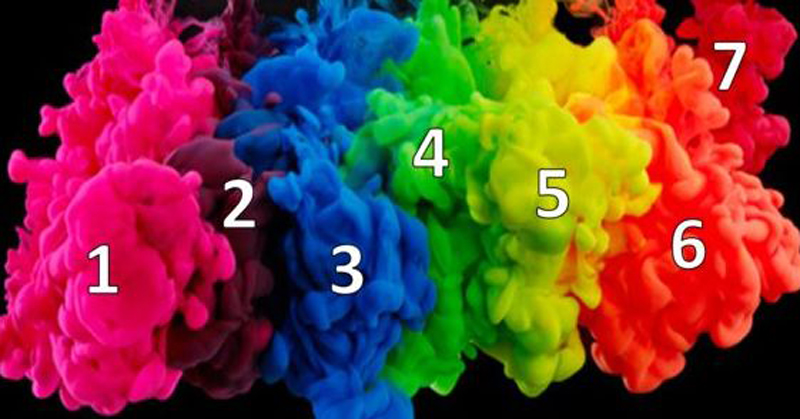For those who experience some sort of color blindness, there are a number of types, from protanomaly, which makes red, orange and yellow look greener and affects 1% of males, to deuteranomaly, the most common form of color blindness, which causes reduced sensitivity to green light.
How common is deuteranomaly? It affects about 5% of European males.
Color blindness is not exactly a raging epidemic threatening the very core of life as we know it.
And perhaps the relatively low percentage of people who suffer from color blindness is to blame for why so few people pass the color test I’m about to show you.
How did you fare? I decided to take the test myself to see if I am indeed among the special snowflakes who pass the test.
The result? Upon completion of the test, I was greeted with the following message:
Not bad! You have an okay eye for colors, but your vision isn’t perfect. You are more of an audio learner than a visual one. You remember people’s names but not necessarily their faces. You have trouble differentiating colors that have similar tones like pink and purple or orange and yellow. Don’t worry though, your average color IQ is the least of your worries. You are talented in the art of words and language. If we gave you a grammar IQ test, you would ACE IT.
And that’s pretty accurate.
So I’m not part of the 4% that aces this particular color quiz. Are you? Share this post with your friends to see who is among the chosen few.
[h/t: www.brightside.me]


